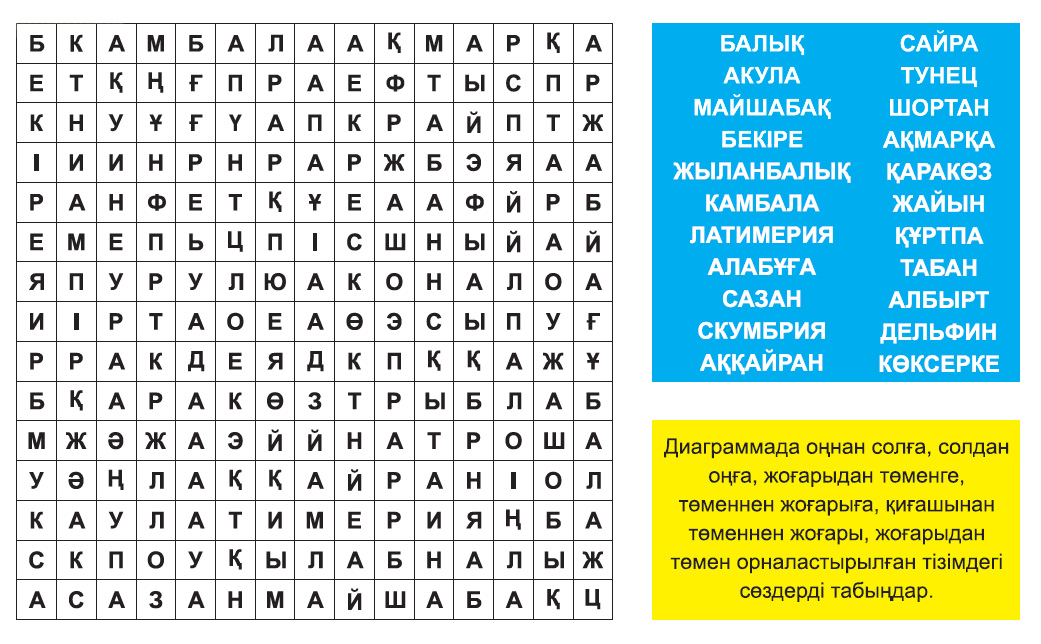
Jun 29, 2018 - Aza Sha Zh mba: A sha, Saud, Esep. Rebus, sozhumbak. Aza Sha presentation (slide). Rebustar kazaksha zhauabimen photo. Fereshta Kazemi Retweeted Fereshta Kazemi Ur focus shud b ur children in Barchi, ur families, all the ppl striving 4 beautiful futures, & building & keeping a strong alliance w the govmt to protect Barchi in the face of evil IS /Daesh, not sacrificing for one person # Alipoor - he is the past, ur children r the future twitter.com.
Contents • • • • • • • • • • • • • • • • • • • • History [ ] Buzkashi began among the nomadic who came from farther north and east spreading westward from China and Mongolia between the 10th and 15th centuries in a centuries-long series of migrations that ended only in the 1930s. From times until recent decades, buzkashi has remained a legacy of that bygone era. During the rule of the Taliban regime, buzkashi was banned in Afghanistan, as the Taliban considered the game immoral. After the Taliban regime was ousted, the game resumed being played.
Distribution [ ] Today games similar to buzkashi are played by several Central Asian ethnic groups such as the,,,,,,,. In the West, the game is also played by (ethnic ) who migrated to village in the district of from the region. In, there is not only -back buzkashi, but also buzkashi among. Sugar bytes wow keygen.
Afghanistan [ ] Buzkashi is the national sport and a 'passion' in Afghanistan where it is often played on Fridays and matches draw thousands of fans. Whitney Azoy notes in his book Buzkashi: Game and Power in Afghanistan that 'leaders are men who can seize control by means foul and fair and then fight off their rivals. The Buzkashi rider does the same'. Traditionally, games could last for several days, but in its more regulated tournament version, it has a limited match time. [ ] Kazakhstan [ ]. A game of kokpar, Kazakhstan 's first was registered in 2000.
The association has been holding annual kokpar championships among adults since 2001 and youth kokpar championships since 2005. All 14 regions of Kazakhstan have professional kokpar teams. The regions with the biggest number of professional kokpar teams are with 32 professional teams, with 27 teams and with 18 teams. Kazakhstan's national kokpar team currently holds a title of kokpar champions. Kyrgyzstan [ ] A photograph documents kokboru players in around 1870; however, Kyrgyzstan's kokboru rules were first officially defined and regulated in 1949. Starting from 1958 kokboru began being held in hippodromes. The size of a kokboru field depends on the number of participants.
Tajikistan [ ] The buzkashi season in generally runs from November through April. High temperatures often prevent matches from taking place outside of this period, though isolated games might be found in some cooler mountain areas. In Tajikistan and among the Tajik people of Tashkorgan in China's region, buzkashi games are particularly popular in relation to weddings as the games are sponsored by the father of the bride as part of the festivities.
United States [ ] Buzkashi was brought to the U.S. Politi perekritij pustotnie chertezh dwg. By a descendant from the, the family of. A mounted version of the game has also been played in the in the 1940s.
Young men in played a game they called Kav Kaz. The men – five to a team – played on horseback with a sheepskin-covered ball. The Greater Cleveland area had six or seven teams.
The game was divided into three 'chukkers', somewhat like. The field was about the size of a football field and had goals at each end: large wooden frameworks standing on tripods, with holes about two feet square. The players carried the ball in their hands, holding it by the long-fleeced sheepskin.
A team had to pass the ball three times before throwing it into the goal. If the ball fell to the ground, the player had to reach down from his horse to pick it up.
One player recalls, 'Others would try to unseat the rider as he leaned over. They would grab you by the shoulder to shove you off.

There weren't many rules.' Mounted team-based, a popular pastime in early 20th-century America, bore some resemblance to buzkashi, although on a much smaller and tamer scale. Rules and variations [ ] Competition is typically fierce. Prior to the establishment of official rules by the the sport was mainly conducted based upon rules such as not whipping a fellow rider intentionally or deliberately knocking him off his horse. Riders usually wear heavy clothing and head protection to protect themselves against other players'. For example, riders in the former Soviet Union often wear salvaged Soviet tank helmets for protection.